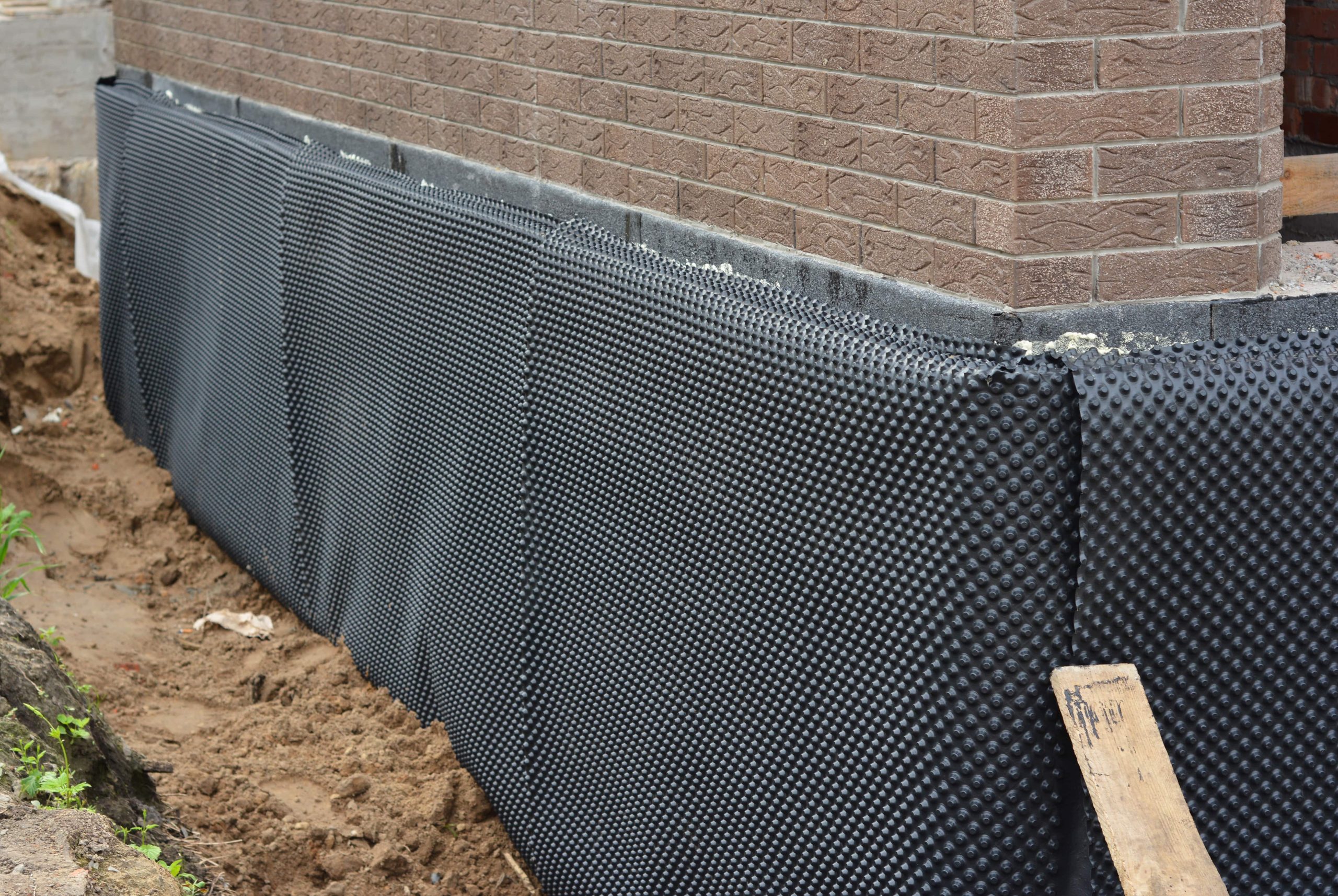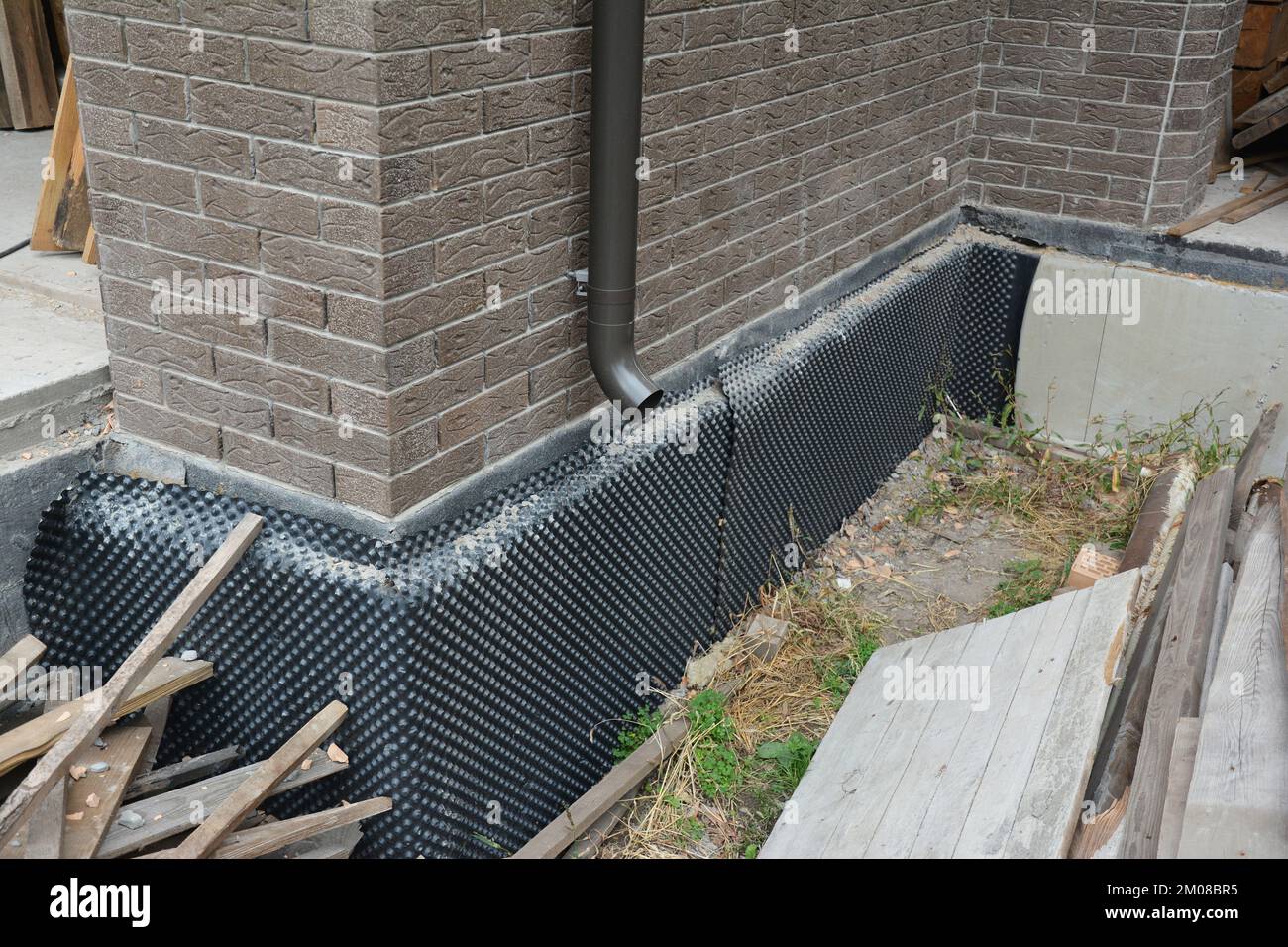Why mould removal newcastle can improve your indoor air quality
Discovering the Different Techniques and Solutions for Effective Damp Proofing
Moisture in structures postures significant challenges to both structural integrity and indoor air quality. Different techniques and remedies have arised to combat this pervasive concern. From standard damp-proof membranes to innovative chemical treatments, each method offers one-of-a-kind advantages. Recognizing these alternatives is necessary for reliable moisture control. Picking the ideal service depends on details building conditions and requirements, triggering additional expedition into the most effective moist proofing techniques offered.
Recognizing the Sources Of Wetness
Although dampness can arise from different sources, recognizing these causes is important for efficient removal. Frequently, moisture stems from 3 main sources: climbing damp, passing through damp, and condensation. Climbing moist happens when groundwater takes a trip up with porous products, such as brick or rock, frequently because of a lack of an efficient barrier (damp removal newcastle). Passing through moist is commonly brought on by external elements, including roof covering leakages, malfunctioning rain gutters, or damaged wall surfaces, allowing water to infiltrate a home. Condensation, on the other hand, arises from excess moisture in the air, typically aggravated by poor air flow and temperature distinctions, causing water beads basing on surface areas. Identifying these underlying issues is essential, as each sort of wetness requires a tailored strategy for removal. Appropriate analysis helps in establishing one of the most efficient solutions, eventually protecting the architectural stability of a building and boosting interior air high quality
Traditional Damp-Proof Membranes

Chemical Damp-Proofing Solutions
Chemical damp-proofing remedies provide an ingenious approach to stopping dampness invasion in buildings. These methods typically involve the application of liquid chemicals that pass through masonry and develop an obstacle versus increasing moist. Commonly used chemicals include silanes, siloxanes, and other water-repellent representatives that respond with surface materials to develop a hydrophobic layer.The application process normally calls for drilling openings into the walls, infusing the chemical solution, and allowing it to treat. This technique is specifically useful for older frameworks where typical damp-proof membranes may be unwise. Chemical damp-proofing can be less turbulent and a lot more cost-effective than extensive restoration projects.While efficient, these options depend on correct application and ecological problems for peak performance. damp removal newcastle. Routine upkeep and monitoring are necessary to assure the durability of the damp-proofing treatment. Generally, chemical damp-proofing represents a flexible choice for protecting structures against moisture-related damages
Cavity Wall Construction Strategies
Tooth cavity wall building and construction strategies offer numerous benefits, specifically in dampness control and power efficiency. By including an air void in between two layers of stonework, these walls effectively reduce water ingress while enhancing insulation. This mix not only secures structures from wetness however additionally adds to minimized energy usage.
Advantages of Tooth Cavity Wall Surfaces
When considering efficient wet proofing methods, the advantages of dental caries wall surfaces stand out prominently. Cavity wall surfaces include 2 separate layers, creating an air gap that successfully reduces wetness infiltration. This style minimizes the danger of wetness, as the external wall surface works as an obstacle versus rainfall and water ingress. Furthermore, dental caries walls improve thermal insulation, which adds to power performance by reducing warm loss. They additionally provide sound insulation, aiding to produce a quieter interior atmosphere. Furthermore, the air void permits air flow, which assists in dampness control and reduces the likelihood of mold development. These advantages not just improve the overall convenience of a building yet additionally add to its longevity and structural integrity.
Moisture Control Strategies
Efficient wetness control techniques are essential in tooth cavity wall surface building and construction to ensure long-lasting protection versus dampness. One key technique involves the incorporation of weep openings, which help with water drain from the tooth cavity, stopping buildup. Furthermore, using breathable membranes can aid take care of dampness degrees while allowing caught vapor to leave. Proper positioning of insulation is also vital, as it needs to not block water drainage courses. Furthermore, ensuring that the outer leaves of the tooth cavity wall surface are constructed with waterproof products enhances general longevity. Regular upkeep checks are essential to identify any clogs or damage early, guarding the framework's honesty. Eventually, a mix of these methods forms a durable defense against dampness breach in dental caries walls.
Insulation and Energy Efficiency
Insulation plays a crucial role in boosting energy performance within tooth cavity wall building and construction. By incorporating insulating materials, these wall surfaces produce a thermal barrier that decreases warmth loss and lowers energy usage. Effective insulation not only helps keep a steady indoor temperature but also reduces the threat of dampness, as it avoids condensation within the wall dental caries. Different methods, such as making use of stiff foam boards or mineral wool, can be utilized to attain optimal insulation efficiency. In addition, appropriate setup is necessary to assure that more info spaces and gaps are decreased, which can otherwise compromise energy performance. Ultimately, a well-insulated tooth cavity wall adds considerably to overall sustainability and decreases home heating and air conditioning costs for property owners.
Outside Damp Proofing Techniques
External moist proofing methods are necessary for safeguarding structures from moisture infiltration. Two efficient methods include the application of water-proof membrane layers and the installation of French drains pipes. These remedies assist mitigate water build-up and protect the honesty of structures.
Waterproof Membrane Application
While different approaches exist for protecting against moisture access, the application of water-proof membranes stays a very effective outside moist proofing technique. These membrane layers are usually made from materials such as polyethylene, rubber, or customized asphalt, supplying a durable obstacle against water infiltration. The installment procedure involves applying the membrane to the outside surfaces of foundations or wall surfaces, guaranteeing complete coverage to avoid leaks. Correct adhesion and securing at joints are crucial to making best use of performance. Water resistant membranes can be used in numerous forms, including liquid coverings and sheet membrane layers, permitting for versatility based upon the specific demands of the structure. This method not just shields structures from dampness however also boosts their longevity and architectural integrity.
French Drain Installment
One effective technique for managing groundwater and stopping moisture buildup around a building's structure is the installation of a French drainpipe. This drain system consists of a trench full of gravel and a perforated pipe that redirects surface area water away from the structure. Appropriate installment calls for cautious preparation, guaranteeing that the drain inclines away from the framework to facilitate ideal water flow. In addition, the place of the drainpipe is crucial; it must be placed in areas prone to merging or excess dampness. Regular maintenance, including clearing particles from the crushed rock and guaranteeing the pipeline continues to be unobstructed, is crucial for long-term efficiency. Eventually, a well-installed French drain can greatly minimize the danger of water-related issues in foundations and cellars.
Interior Waterproofing Methods
Interior waterproofing approaches are crucial for protecting a building's inside from dampness seepage and prospective water damages. These strategies commonly include the application of customized products and methods created to produce a dampness obstacle within the framework. One usual approach is using waterproof layers or sealers on wall surfaces and floorings, which avoid wetness from passing through surfaces.Additionally, installing indoor drain systems, such as sump pumps, can properly take care of water build-up in basements and crawl rooms. Another technique entails making use of vapor barriers, which are mounted to inhibit wetness activity from the ground into living spaces.Moreover, attending to any kind of cracks or spaces in wall surfaces or foundations with suitable sealers guarantees a detailed defense versus water intrusion. By carrying out these indoor waterproofing techniques, homeowner can greatly lower the threat of mold growth, architectural damage, and other moisture-related issues. Correct execution of these methods is necessary for long-lasting security and building honesty.
Regular Maintenance and Inspection Practices
Regular maintenance and assessment practices are vital for ensuring the lasting performance of wet proofing options in any type of building. Routine checks make it possible for building owners to determine early signs of moisture intrusion, such as peeling off paint, mold and mildew growth, and musty odors. These indications can signal underlying issues that call for instant attention.Inspections need to be performed a minimum of every year, concentrating on susceptible areas like cellars, crawl areas, and outside walls. Throughout these analyses, building owners should take a look at sealants, water drainage systems, and air flow to confirm they operate correctly.Additionally, preserving downspouts and rain gutters is vital, as clogged up systems can result in water build-up near the structure. Implementing a normal upkeep routine, along with prompt repair services, can substantially prolong the life-span of moist proofing actions and shield the architectural integrity of the building. Aggressive measures ultimately contribute to the total health and wellness of the living setting.
Frequently Asked Inquiries
The Length Of Time Does Damp Proofing Usually Last?
The period of wet proofing performance varies, usually lasting between 20 to half a century. Factors such as application quality, environmental problems, and upkeep techniques greatly influence the longevity of the damp proofing therapy.

Can I Damp Proof My Home Myself?
The private contemplated the expediency of DIY damp proofing. With correct study and the ideal products, it is feasible. They also identified the relevance of professional support to assure durable effectiveness and stop future problems.
What Are the Indicators of Inadequate Damp Proofing?
Signs of ineffective wet proofing include persistent musty odors, noticeable mold and mildew growth, peeling paint, damp spots on walls, and wood decay - damp proofing newcastle. House owners ought to deal with these issues immediately to avoid additional damage and health and wellness concerns
Does Damp Proofing Affect Indoor Air Top Quality?

Just How Much Does Specialist Damp Proofing Expense?
Expert wet proofing expenses vary substantially, typically varying from $1,000 to $5,000 depending on the residential or commercial property's size, the degree of the wet problem, and chosen approaches. Each situation calls for a tailored assessment for accurate pricing. Commonly, dampness stems from 3 primary sources: rising wet, penetrating moist, and condensation. When taking into consideration efficient wet proofing approaches, the benefits of dental caries walls stand out plainly. External moist proofing techniques are essential for safeguarding structures from dampness seepage. While various methods exist for stopping dampness access, the application of water resistant membrane layers continues to be a very efficient exterior moist proofing strategy. Signs of ineffective moist proofing include consistent musty smells, noticeable mold growth, peeling paint, damp spots on walls, and wood decay.